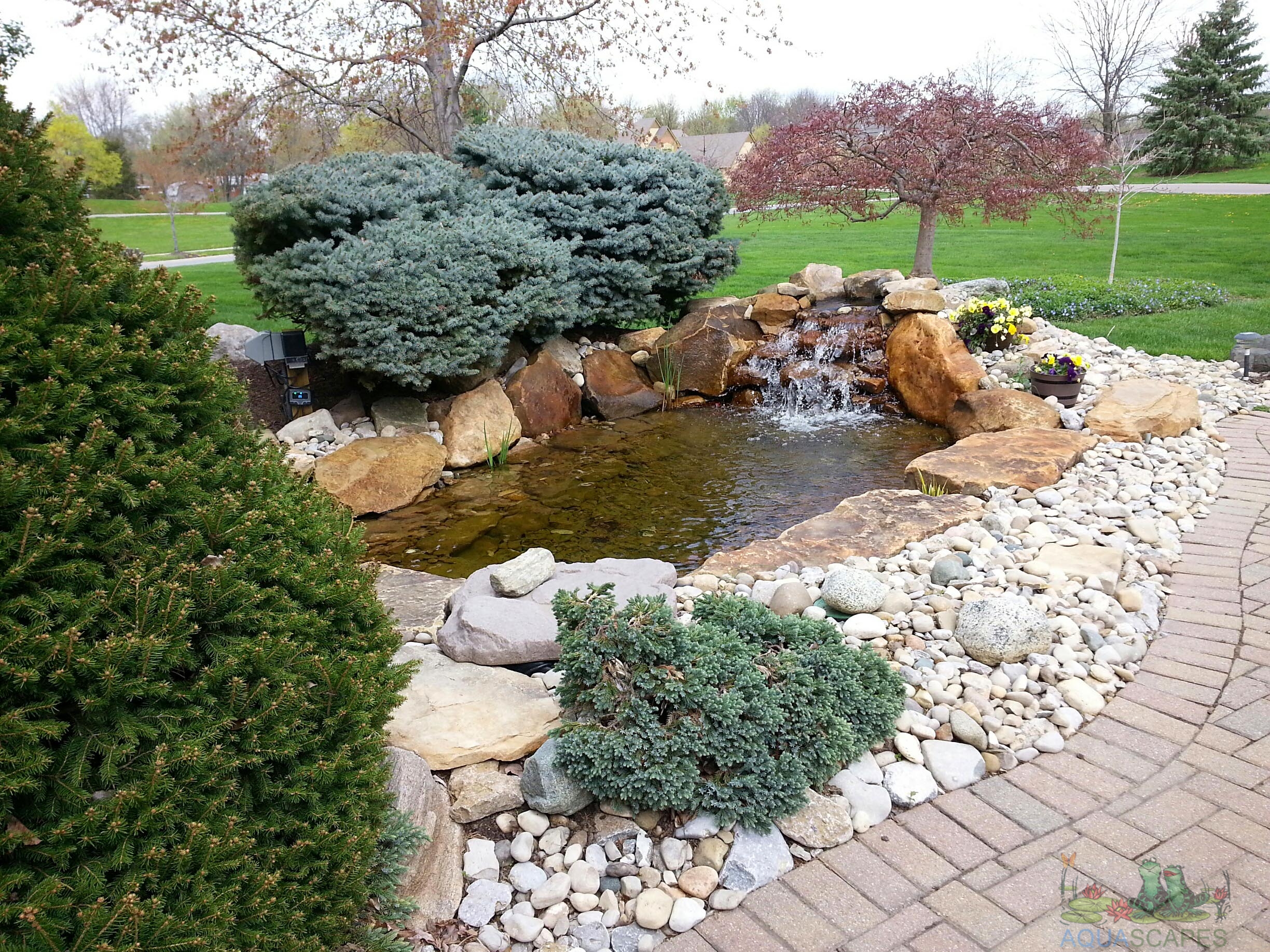Creating a Low-Maintenance Water Garden
Designing a water garden that requires minimal upkeep can provide a tranquil and beautiful outdoor space without the need for extensive maintenance. In this article, we will share tips and techniques for creating a low-maintenance water garden, including plant selection, filtration systems, and strategies for reducing algae growth.
Plant Selection:
a. Native Plants: Choose native aquatic plants that are well-suited to your local climate and water conditions. Native plants tend to be hardier, require less maintenance, and are better adapted to the natural ecosystem, reducing the need for excessive care.
b. Low-Maintenance Aquatic Plants: Select aquatic plants known for their low-maintenance requirements. Examples include water lilies, lotus, duckweed, hornwort, and water hyacinth. These plants are resilient, have minimal care needs, and can help create a balanced ecosystem by absorbing excess nutrients.
c. Consider Evergreen Plants: Evergreen aquatic plants can provide year-round interest and minimize the need for seasonal replanting. Plants such as water irises and some species of rushes and sedges are good options.
- Filtration Systems: a. Biological Filtration: Incorporate a biological filtration system in your water garden. This system uses beneficial bacteria to break down organic matter and help maintain water quality. It reduces the need for frequent water changes and helps keep the ecosystem balanced.
b. Skimmers and Filters: Install a skimmer and a mechanical filter to remove debris and floating particles from the water’s surface. This prevents the accumulation of organic matter and reduces the workload of the biological filtration system.
c. UV Sterilizers: Consider using UV sterilizers in your water garden. UV light helps control algae growth by neutralizing algae cells, reducing the need for chemical treatments.
Strategies for Reducing Algae Growth:
a. Proper Sunlight Exposure: Find the right balance between sunlight and shade in your water garden. Excessive sunlight can promote algae growth, so ensure that your water garden receives some shade during the day. You can use floating plants or strategically position larger plants to create shade.
b. Adequate Circulation: Install a water pump or a fountain to maintain good water circulation. Moving water discourages algae growth by preventing stagnant areas and promoting oxygenation.
c. Avoid Overfeeding Fish: If you have fish in your water garden, feed them sparingly and only what they can consume within a few minutes. Overfeeding leads to excess nutrients in the water, which can contribute to algae growth.
d. Barley Straw: Consider using barley straw in your water garden. Barley straw releases compounds that inhibit algae growth naturally. Place small bundles of barley straw in a mesh bag and submerge them in the water.
Regular Maintenance:
a. Remove Debris: Regularly remove fallen leaves, twigs, and other debris from the water’s surface to prevent nutrient buildup and maintain water clarity.
b. Plant Maintenance: Monitor the growth of your aquatic plants and trim them as needed. Remove any decaying or dead plant material to prevent nutrient release into the water.
c. Water Testing: Periodically test the water quality parameters such as pH, ammonia, nitrite, and nitrate levels. This helps you identify any imbalances early on and take corrective measures.
Creating a low-maintenance water garden is achievable with careful planning and consideration of plant selection, filtration systems, and strategies to reduce algae growth. By choosing low-maintenance plants, incorporating effective filtration systems, and implementing strategies to control algae growth, you can enjoy a beautiful and serene water garden with minimal upkeep. Embrace the tranquility of a low-maintenance water garden and spend more time relaxing and enjoying the natural beauty of your outdoor space.
Check out our store for all your water gardening needs! Aquascape products are Aquascape Inc. Certified.
Thanks for reading at Meyer Aquascapes! We hope you’ve enjoyed our post on garden pond design. Please leave a comment below if you liked it or have any questions. We’d love to hear from you! Thanks for stopping by!



